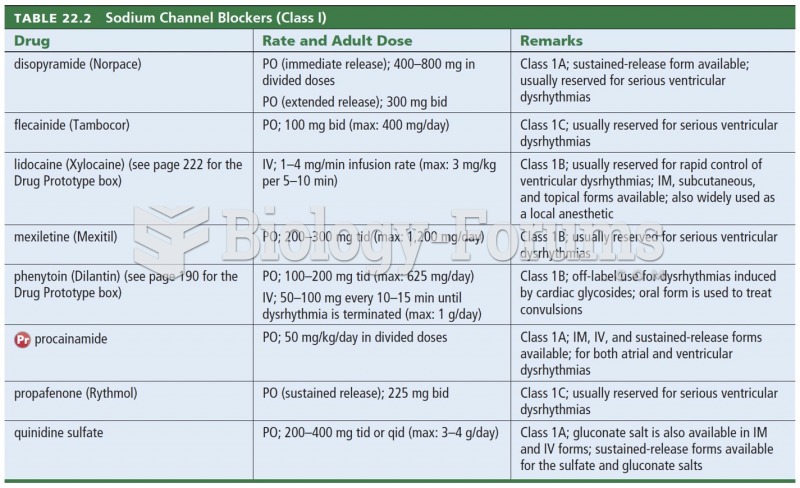This topic contains a solution. Click here to go to the answer
|
|
|
Did you know?
In 1864, the first barbiturate (barbituric acid) was synthesized.
Did you know?
Giardia is one of the most common intestinal parasites worldwide, and infects up to 20% of the world population, mostly in poorer countries with inadequate sanitation. Infections are most common in children, though chronic Giardia is more common in adults.
Did you know?
On average, the stomach produces 2 L of hydrochloric acid per day.
Did you know?
The first monoclonal antibodies were made exclusively from mouse cells. Some are now fully human, which means they are likely to be safer and may be more effective than older monoclonal antibodies.
Did you know?
Cancer has been around as long as humankind, but only in the second half of the twentieth century did the number of cancer cases explode.
 Jaundice. Photograph of an individual with liver disease, evidenced by the yellowing of the sclera o
Jaundice. Photograph of an individual with liver disease, evidenced by the yellowing of the sclera o
 (a) In a healthy eye, aqueous humor is formed in the ciliary process and drains through the canal of ...
(a) In a healthy eye, aqueous humor is formed in the ciliary process and drains through the canal of ...





